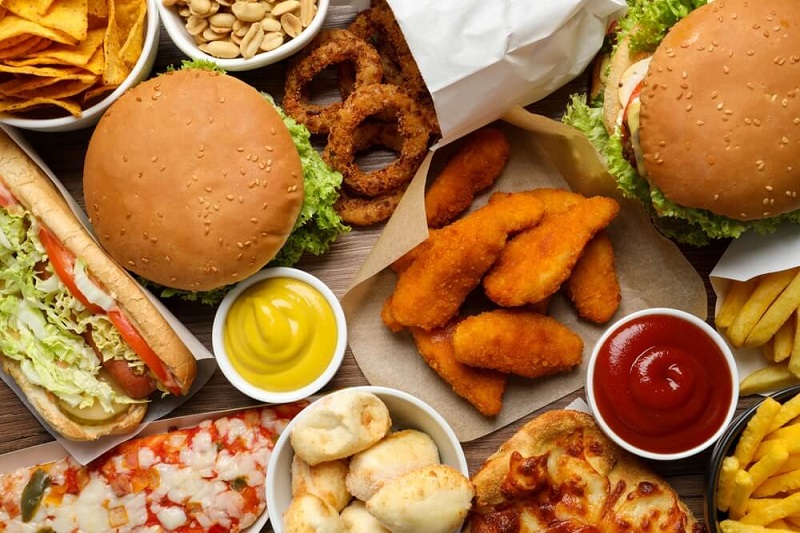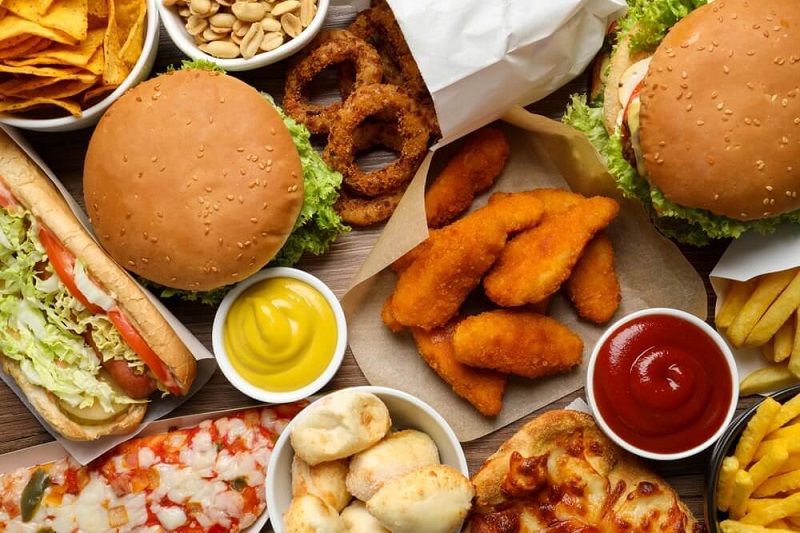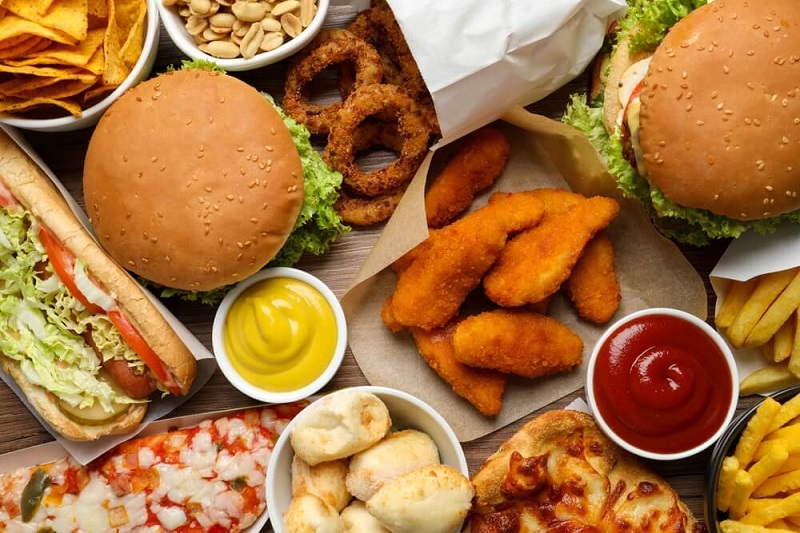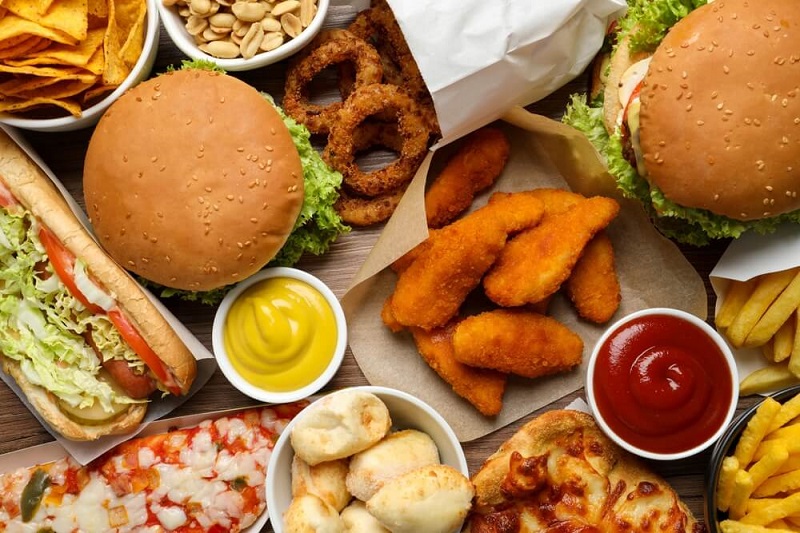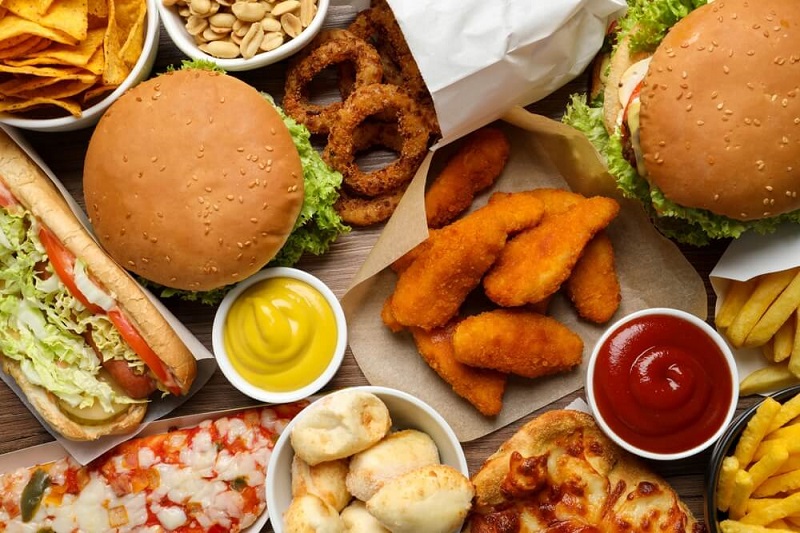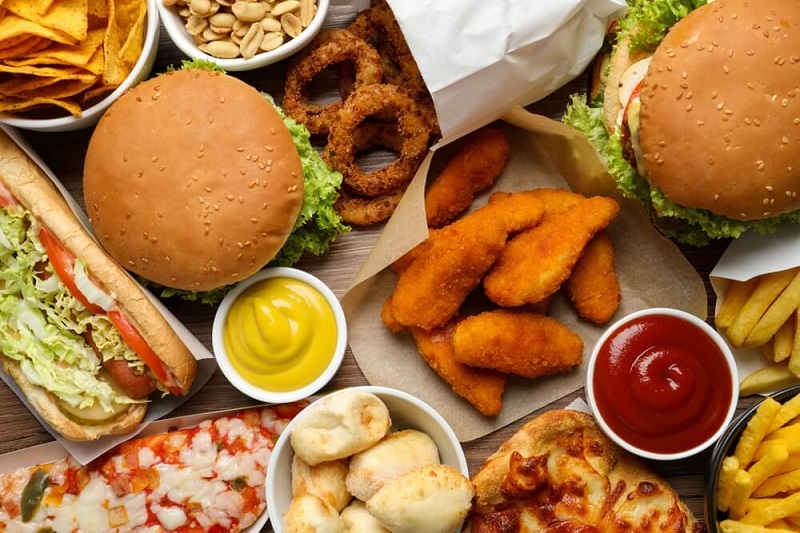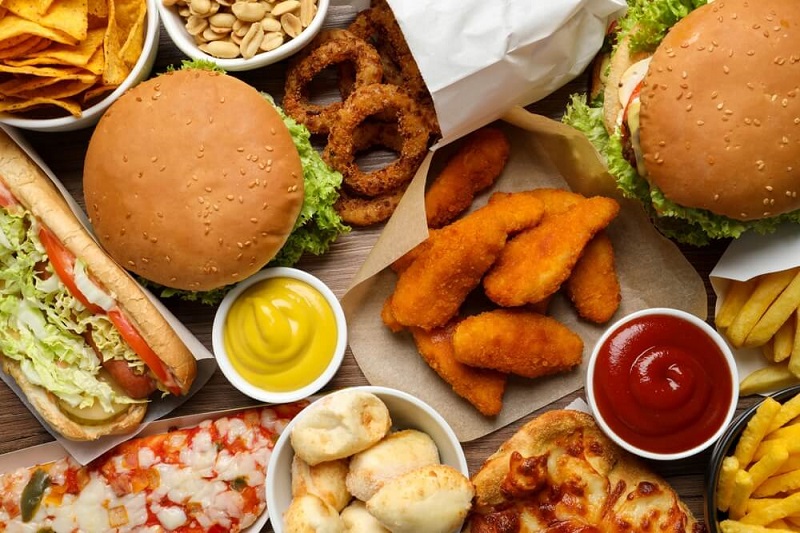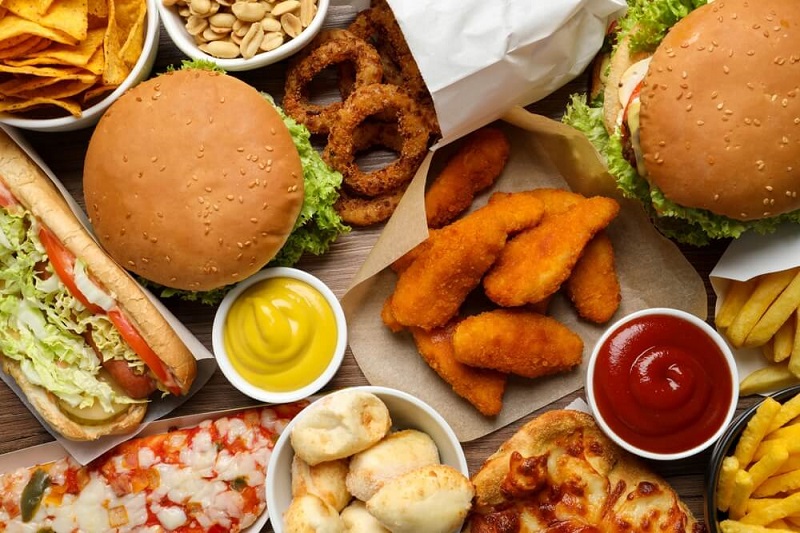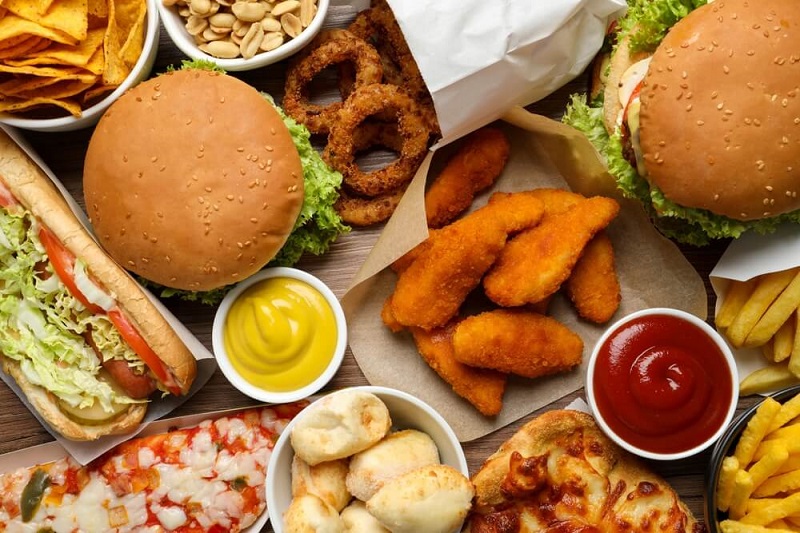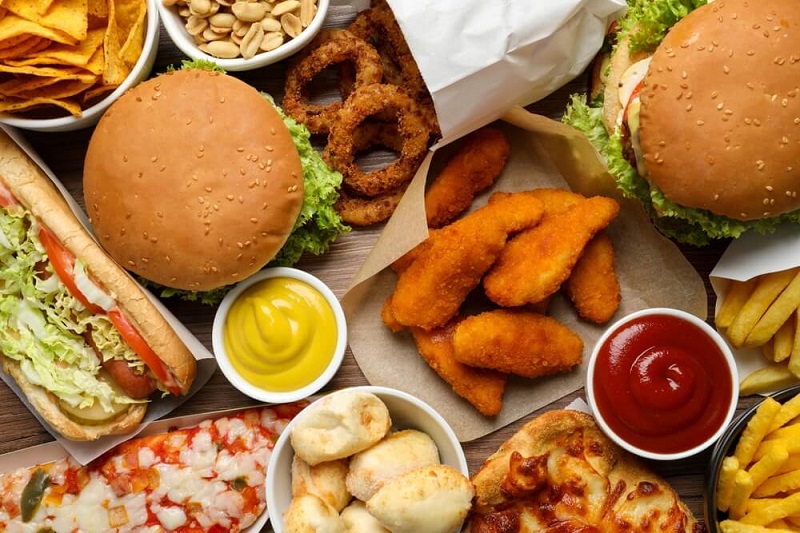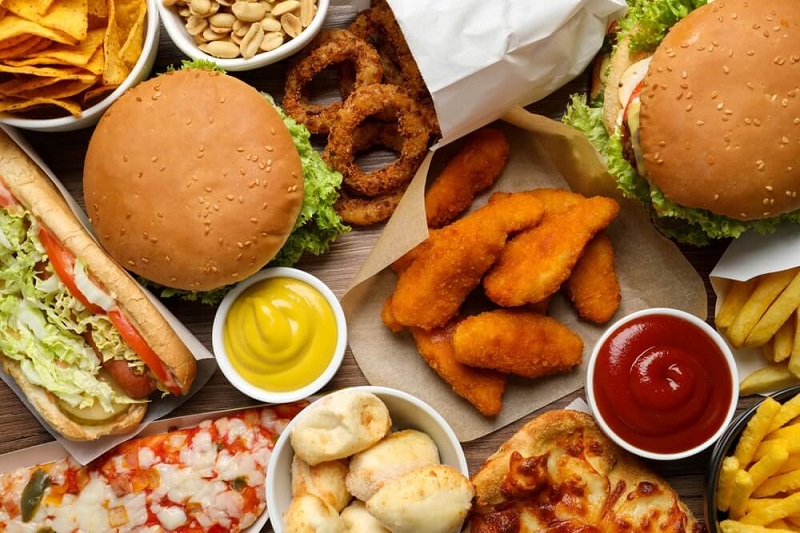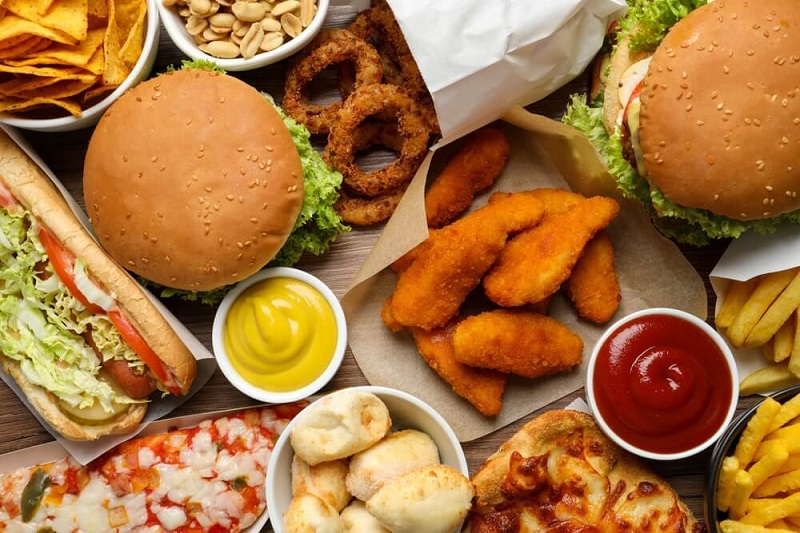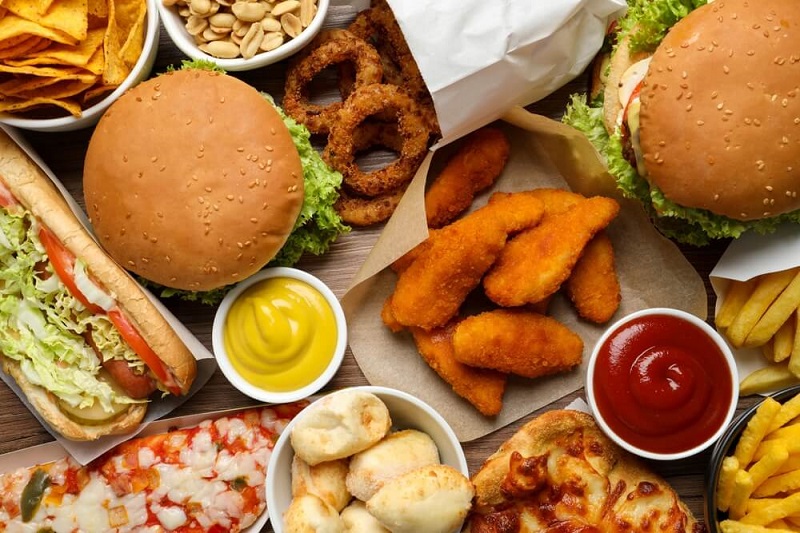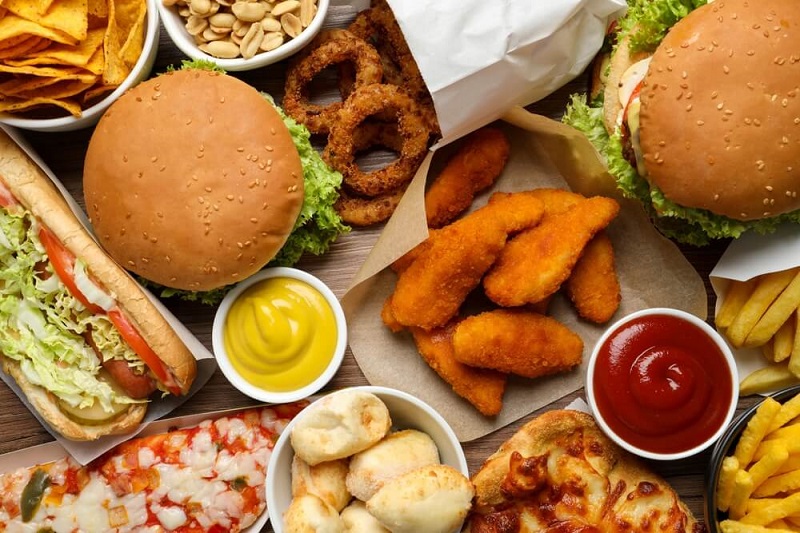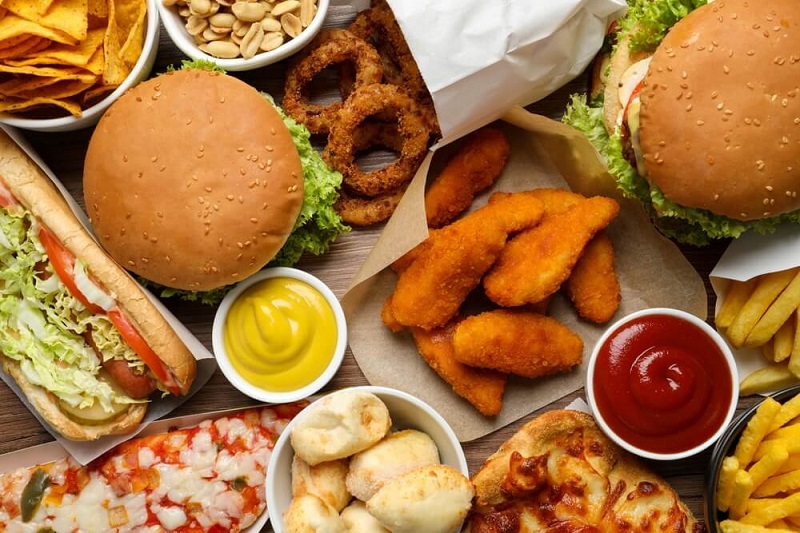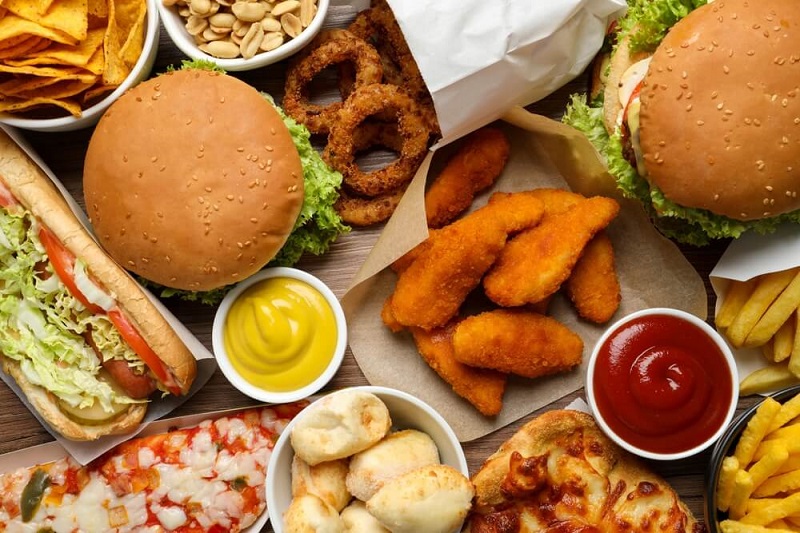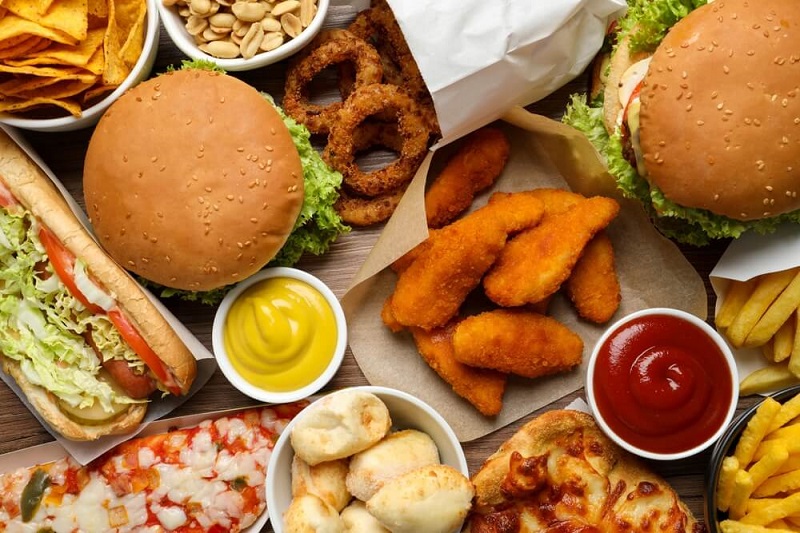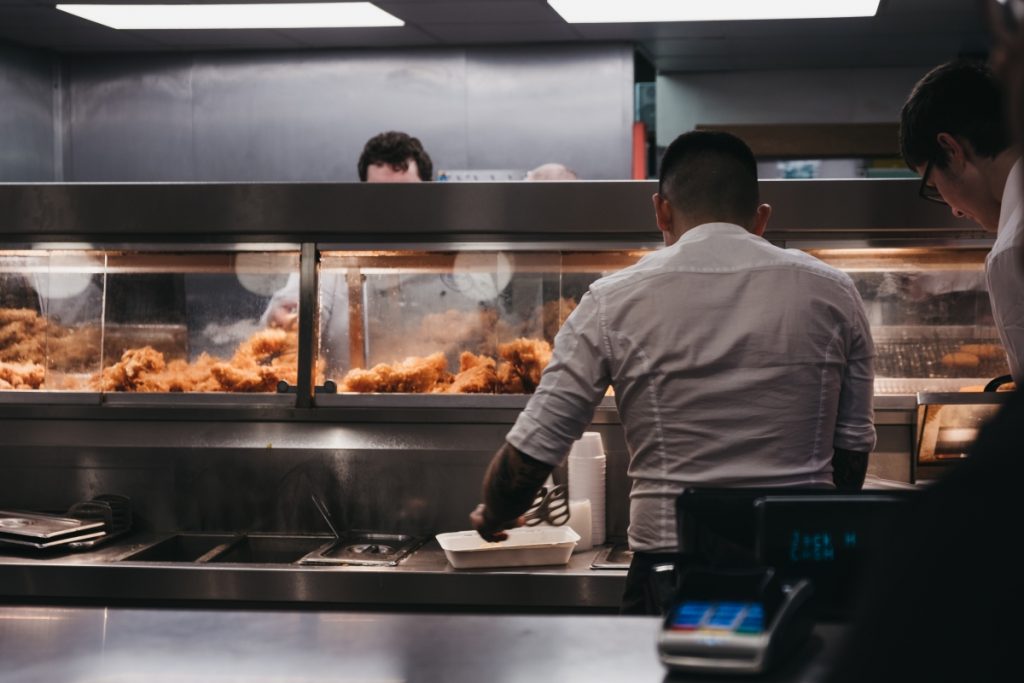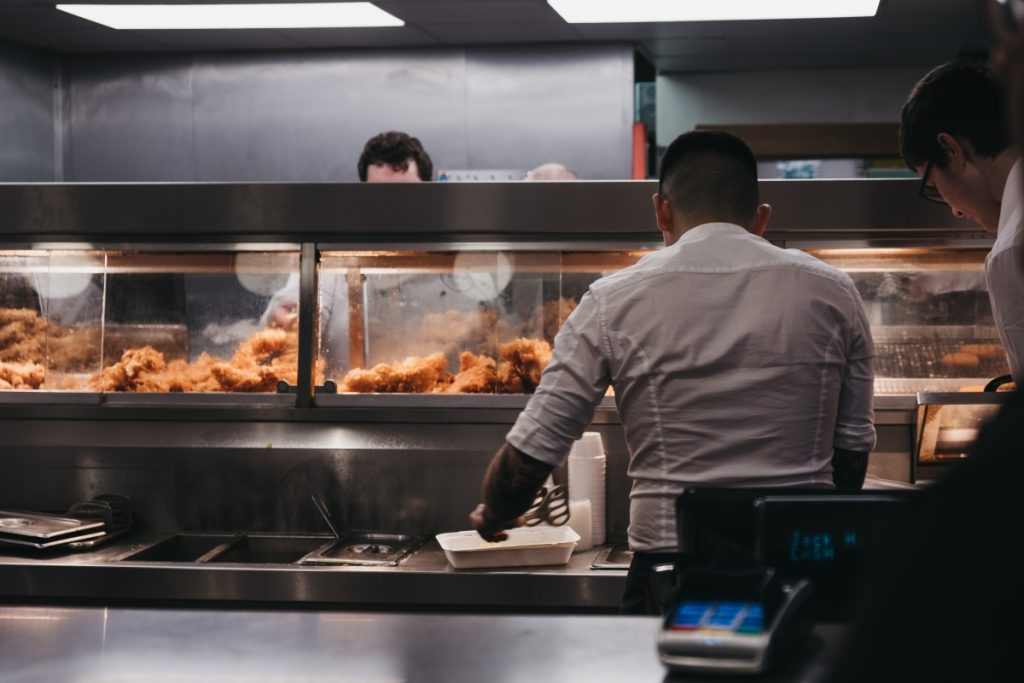Fast Food Chain Insurance vs. Independent Outlet Coverage: A Comprehensive Guide
The fast food industry presents unique insurance challenges that vary significantly between large chain operations and independent outlets. Understanding these differences is crucial for business owners seeking appropriate coverage that protects their investment while managing costs effectively. This comprehensive guide explores the distinct insurance needs, coverage options, and strategic considerations for both business models.
Understanding the Fast Food Insurance Landscape
Fast food establishments face numerous risks daily, from kitchen fires and equipment breakdowns to customer injuries and foodborne illness claims. However, the scale, resources, and operational structures of chain outlets versus independent restaurants create vastly different insurance requirements and opportunities.
The Chain Advantage: Economies of Scale
Large fast food chains benefit from significant economies of scale when purchasing insurance. Corporate headquarters typically negotiate master policies covering hundreds or thousands of locations, resulting in substantially lower per-unit costs. These enterprise-level agreements often include:
Centralized Risk Management: Chains employ dedicated risk management teams that implement standardized safety protocols, conduct regular inspections, and maintain comprehensive loss prevention programs. This systematic approach to risk reduction translates into more favorable insurance rates and terms.
Bulk Purchasing Power: Insurance carriers compete aggressively for large chain accounts, offering competitive pricing and enhanced coverage options. The predictable risk profile across multiple standardized locations allows insurers to offer more attractive terms than they would for individual outlets.
Self-Insurance Capabilities: Many large chains utilize self-insurance programs for certain risks, particularly workers' compensation and general liability claims below specific thresholds. This approach allows chains to retain control over claims management while reducing insurance costs.
Independent Outlet Challenges
Independent fast food operators face distinct challenges when securing appropriate insurance coverage:
Limited Negotiating Power: Individual outlets lack the leverage to negotiate favorable rates with insurance carriers. They must typically accept standard market rates and terms, which are often higher than those available to chain operations.
Resource Constraints: Independent operators rarely have dedicated risk management personnel or resources to implement comprehensive safety programs. This limitation can result in higher claim frequencies and, consequently, increased insurance costs.
Coverage Gaps: Without corporate guidance, independent operators may inadvertently purchase inadequate coverage or overlook essential protections, leaving their businesses vulnerable to significant financial losses.
Core Insurance Requirements
Both chain and independent fast food operations require several fundamental insurance coverages, though the specific limits and terms may vary significantly.
General Liability Insurance
General liability coverage protects against third-party claims for bodily injury, property damage, and personal injury occurring on the premises or resulting from business operations.
Chain Operations: Typically maintain higher liability limits due to greater exposure and deeper pockets that attract larger claims. Master policies often include aggregate limits of $5-10 million or more, with individual occurrence limits of $1-2 million.
Independent Outlets: Generally carry lower limits, often $1 million per occurrence with $2 million aggregate limits. While this may seem adequate, a single serious incident could exceed these limits, potentially threatening the business's survival.
Property Insurance
Property coverage protects the physical assets of the restaurant, including buildings, equipment, inventory, and business personal property.
Chain Considerations: Standardized equipment packages and construction specifications allow chains to negotiate blanket coverage terms that provide consistent protection across all locations. Replacement cost coverage ensures that damaged equipment can be replaced with current models without depreciation penalties.
Independent Challenges: Older equipment and non-standard installations may complicate coverage determinations. Independent operators must carefully document their property values and ensure adequate coverage limits to avoid co-insurance penalties.
Workers' Compensation
Workers' compensation insurance provides medical benefits and wage replacement for employees injured on the job while protecting employers from related lawsuits.
Chain Advantages: Large chains often qualify for experience rating programs that can significantly reduce premiums based on superior safety records. Some chains utilize captive insurance companies or self-insurance programs for workers' compensation coverage.
Independent Considerations: Higher injury rates in fast food operations, combined with limited safety resources, often result in higher workers' compensation costs for independent operators. Implementing basic safety training and injury prevention programs can help control these expenses.
Business Interruption Insurance
Business interruption coverage compensates for lost income and ongoing expenses when operations are suspended due to covered property damage.
Chain Benefits: Standardized operations and documented financial performance make it easier for chains to establish appropriate business interruption limits and expedite claims processing.
Independent Needs: Independent operators must carefully calculate their business interruption needs, considering seasonal variations and the time required to rebuild customer bases after extended closures.
Specialized Coverage Considerations
Product Liability and Food Contamination
Fast food operations face unique exposures related to foodborne illness and product contamination claims.
Chain Protections: Large chains typically maintain substantial product liability coverage and may purchase specialized food contamination insurance that covers recall costs, business interruption, and third-party claims. Their standardized food handling procedures and supplier relationships help minimize these risks.
Independent Vulnerabilities: Independent operators often rely on general liability coverage for product-related claims, which may provide inadequate protection for widespread contamination incidents. Specialized food contamination coverage is available but often overlooked.
Cyber Liability Insurance
Modern fast food operations increasingly rely on point-of-sale systems, online ordering platforms, and customer databases, creating significant cyber liability exposures.
Chain Requirements: Large chains are attractive targets for cybercriminals and typically maintain comprehensive cyber liability coverage including data breach response, business interruption, and regulatory fines. They often implement advanced cybersecurity measures and employee training programs.
Independent Gaps: Many independent operators underestimate their cyber risks and operate without adequate protection. Even basic point-of-sale systems contain sensitive customer information that could trigger data breach notification requirements and related costs.
Employment Practices Liability
Employment practices liability (EPL) coverage protects against claims of discrimination, harassment, wrongful termination, and other employment-related issues.
Chain Exposures: Large chains with numerous employees face greater EPL exposures and typically maintain substantial coverage limits. They often implement comprehensive HR policies and training programs to minimize claims.
Independent Considerations: Independent operators may assume they're protected by general liability coverage, but employment-related claims require specialized coverage. Even small operations can face significant EPL claims from disgruntled employees.
Cost Considerations and Budgeting
Premium Structures
Chain Advantages: Master policies allow chains to spread administrative costs across multiple locations, reducing per-unit expenses. They often benefit from:
- Lower administrative fees
- Reduced broker commissions
- Volume discounts
- Favorable payment terms
Independent Challenges: Individual policies carry higher administrative costs and limited payment flexibility. Independent operators typically pay:
- Higher per-dollar coverage costs
- Standard broker commissions
- Limited payment options
- Reduced coverage enhancements
Risk Management Investments
Chain Strategies: Substantial investments in risk management programs, including:
- Dedicated safety personnel
- Regular training programs
- Standardized procedures
- Advanced monitoring systems
- Predictive analytics
Independent Approaches: Limited resources require focused risk management efforts:
- Basic safety training
- Simple monitoring systems
- Industry association resources
- Broker risk management services
Claims Management Differences
Chain Operations
Large chains typically maintain sophisticated claims management systems that include:
Dedicated Claims Teams: Internal personnel manage routine claims, working closely with insurance carriers and third-party administrators to ensure prompt, cost-effective resolutions.
Standardized Procedures: Consistent incident reporting and claims handling procedures across all locations help minimize claim costs and reduce litigation risks.
Data Analytics: Advanced analytics help identify trends and implement preventive measures to reduce future claims.
Independent Operations
Independent operators typically rely on:
Broker Support: Insurance brokers often provide claims reporting and management assistance, though the level of service varies significantly.
Carrier Resources: Direct relationships with insurance company claims representatives, though response times may be longer than those experienced by large chain accounts.
Limited Analytics: Minimal data analysis capabilities may result in missed opportunities to identify and address recurring problems.
Coverage Customization Options
Chain Flexibility
Despite standardized operations, chains often require coverage customization for:
- Regional regulatory differences
- Varying location risks
- Franchise vs. corporate-owned distinctions
- Special promotional activities
Independent Opportunities
Independent operators can often customize coverage more easily than chains, including:
- Specialized endorsements for unique operations
- Flexible coverage limits based on specific risks
- Seasonal adjustments for varying exposures
- Local market considerations
Regulatory Compliance
Chain Compliance
Large chains must navigate complex regulatory environments across multiple jurisdictions, requiring:
- Comprehensive compliance programs
- Regular regulatory updates
- Standardized documentation
- Centralized reporting systems
Independent Compliance
Independent operators face similar regulatory requirements but with limited resources:
- Basic compliance programs
- Broker guidance on regulatory changes
- Simplified documentation systems
- Local regulatory focus
Future Trends and Considerations
Technology Integration
Both chain and independent operations are increasingly adopting new technologies that create additional insurance considerations:
Delivery Services: Third-party delivery platforms create new liability exposures that may not be covered by traditional policies.
Automation: Robotic cooking equipment and automated ordering systems introduce new risks and coverage needs.
Data Analytics: Increased data collection and analysis capabilities create additional cyber liability exposures.
Changing Consumer Expectations
Evolving consumer preferences impact insurance needs:
- Increased focus on food safety and transparency
- Growing demand for sustainable practices
- Enhanced customer experience expectations
- Social media reputation risks
Strategic Recommendations
For Chain Operations
- Leverage Scale: Maximize the benefits of size through comprehensive master policies and centralized risk management.
- Invest in Prevention: Substantial risk management investments typically provide positive returns through reduced claims and lower premiums.
- Consider Self-Insurance: Evaluate self-insurance options for predictable, high-frequency claims.
- Monitor Emerging Risks: Stay ahead of new exposures through proactive risk assessment and coverage evaluation.
For Independent Operations
- Work with Specialists: Partner with brokers who understand fast food industry risks and can provide tailored solutions.
- Focus on Fundamentals: Implement basic safety and risk management practices that provide the greatest impact for limited resources.
- Consider Associations: Join industry associations that may offer group insurance programs or risk management resources.
- Regular Reviews: Conduct annual insurance reviews to ensure coverage remains adequate as operations evolve.
Conclusion
The insurance needs of fast food chain operations and independent outlets differ significantly in scale, complexity, and available resources. While chains benefit from economies of scale and sophisticated risk management capabilities, independent operators must navigate similar risks with limited resources and negotiating power.
Success in either model requires understanding these fundamental differences and developing insurance strategies that align with operational realities and financial constraints. Chains should leverage their advantages while remaining vigilant about emerging risks, while independent operators must focus on essential coverages and cost-effective risk management approaches.
The fast food industry will continue evolving, driven by technological advances, changing consumer preferences, and regulatory developments. Both chain and independent operators must maintain flexible insurance strategies that can adapt to these changes while providing adequate protection for their unique business models.
By understanding these differences and working with knowledgeable insurance professionals, fast food operators can develop comprehensive protection strategies that support their business objectives while managing costs effectively. The key is recognizing that one size does not fit all in fast food insurance and tailoring coverage to match specific operational needs and risk profiles.


 0330 127 2333
0330 127 2333
